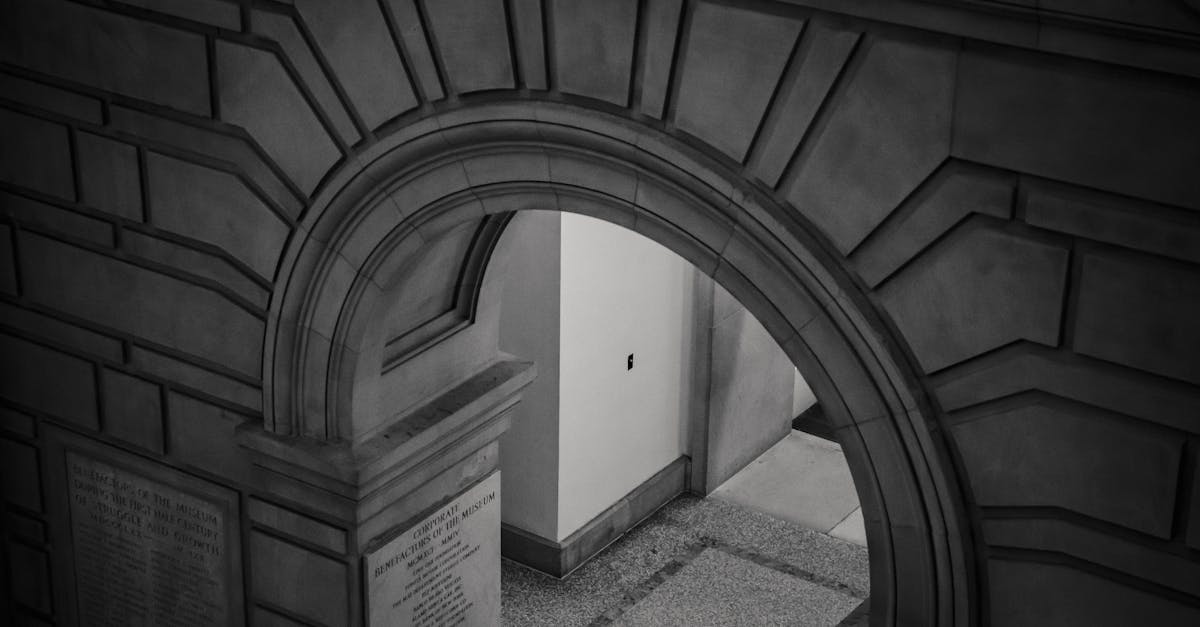
, or gold. These earthy shades can add warmth and character to the space, while still providing the practical benefits of granite's durability and easy maintenance.
Installation Techniques for Seamless Integration of Granite Tiles in Kitchen Spaces
When it comes to seamlessly integrating granite tiles into kitchen spaces, proper installation techniques play a crucial role in achieving a polished and professional finish. One key aspect to consider is ensuring that the subfloor is clean, level, and structurally sound before laying the tiles. This foundational step helps prevent future issues such as uneven surfaces or tile breakage.
Additionally, using the right adhesive is essential for securely affixing granite tiles in place. Opt for a high-quality adhesive that is suitable for both the tile material and the specific conditions of the kitchen environment. Proper spacing between tiles is also important to allow for grout application and ensure a uniform look across the kitchen floor or walls. By paying attention to these installation details, you can create a stunning kitchen design that highlights the beauty and durability of granite tiles.
Professional Tips for Mounting Granite Tiles with Precision and Care
Achieving a flawless installation of granite tiles in kitchen spaces requires meticulous attention to detail and precision. To start, ensure that the surface where the tiles will be mounted is clean, level, and free of any debris that could hinder the adhesion of the tiles. It is recommended to use a suitable adhesive specifically designed for granite tiles to ensure a secure and lasting bond.
When cutting granite tiles to fit specific areas, it is essential to use the appropriate tools such as a wet saw with a diamond blade to prevent chipping or cracking. Take accurate measurements and mark the tiles before cutting to avoid mistakes and ensure a seamless integration of the pieces. Additionally, work methodically and carefully when placing each tile, applying consistent pressure to set them firmly in place.
Potential Drawbacks and Solutions When Using Granite Tiles in Kitchens
One challenge that may arise when using granite tiles in kitchens is their weight. Due to the density of granite, installing large granite tiles might pose difficulties in handling and mounting them. To address this issue, it is crucial to ensure that the cabinets and countertops can support the weight of the granite tiles. Reinforcing the underlying structures can help prevent any potential problems related to the load-bearing capacity.
Another drawback commonly associated with granite tiles in kitchens is the need for regular sealing to maintain their integrity and prevent staining. Granite is a porous material, making it susceptible to absorbing liquids and oils that can cause permanent marks if not promptly cleaned. To overcome this challenge, it is recommended to apply a high-quality sealant to the granite tiles periodically. This protective layer acts as a barrier, enhancing the durability and longevity of the granite tiles in kitchen settings.